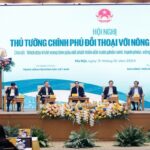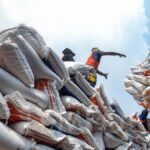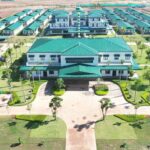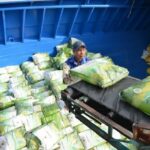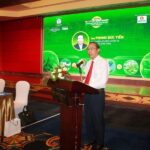As instructed by the Ministry of Agriculture and Environment on August 6, 2025, in Nghe An province, the Newspaper of Agriculture and Environment, in collaboration with the Vietnam Gardening Association, the Department of Quality, Processing and Market Development, the Department of Crop Production and Plant Protection, and the Nghe An Department of Agriculture and Environment, organized a forum on “Connecting production and consumption of agricultural products in the North Central provinces.”
PINEAPPLE – THE MOST SUITABLE CROP IN NORTH CENTRAL VIETNAM
With over 40 years of experience in the agricultural sector, Prof. Dr. Le Quoc Doanh, former Vice Minister of Agriculture and Rural Development, and Chairman of the Vietnam Gardening Association, believes that North Central Vietnam, despite its harsh natural conditions, remains a land of great potential if properly utilized.
According to Mr. Doanh, with millions of hectares of agricultural and forestry land, North Central Vietnam has long been identified as a key region in the national agricultural development strategy. For the three main crops of pineapple, tea, and citrus fruits, the region has a total area of more than 28,600 hectares, with an annual output of 400,000 tons.

“Nghe An and its neighboring provinces offer ideal conditions for pineapple cultivation, especially the MD2 variety. The drier the weather, the better the quality of pineapples. This crop is drought-resistant, can withstand storms, and is almost organically grown, making it well-suited to the natural conditions and offering significant market potential,” stated Mr. Doanh.
Contrary to the upward trend of pineapple cultivation, when it comes to citrus fruits, Mr. Le Quoc Doanh mentioned that oranges, tangerines, and pomelos, which used to be a strength of North Central Vietnam, are now facing a serious decline. The main reason for this is diseases and degeneration of varieties. Greening disease (yellow vein mosaic) has been identified as the primary culprit, leading to the destruction of many orange and tangerine gardens in recent years.
Presenting an in-depth report at the forum, Dr. Dinh Cao Khue, Chairman of the Board of Directors and General Director of Doveco – a leading agricultural export company, stated that Vietnam’s pineapple industry is on the cusp of a significant opportunity to become a key agricultural export commodity, bringing high economic value.
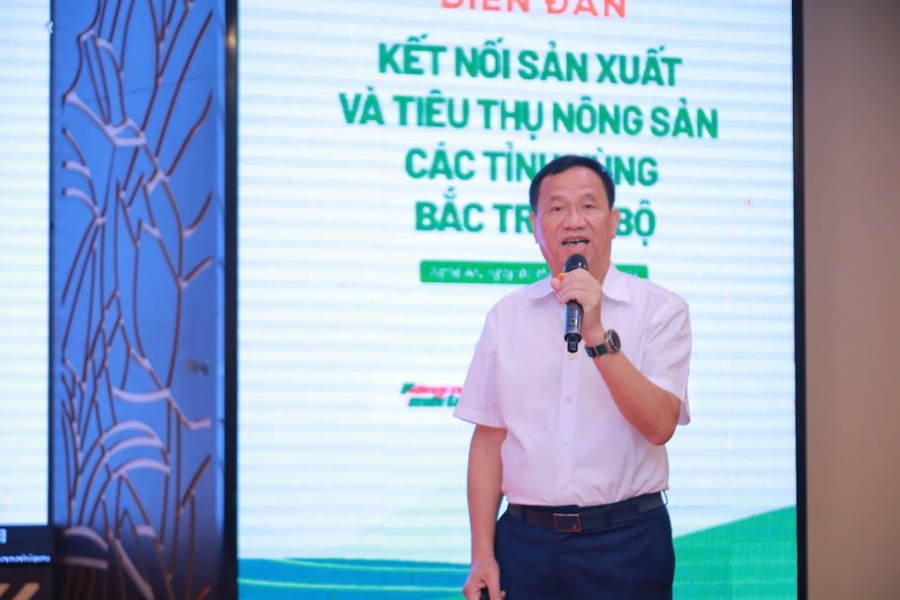
“Experts point out that pineapple is a high-value commodity, especially when deeply processed, significantly enhancing its export value. The global pineapple market is growing at a rate of 5-6% annually, with a strong demand for processed products such as juice and canned pineapple,” informed Mr. Khue.
Vietnam currently cultivates three popular pineapple varieties: Queen, Cayenne, and MD2. Among these, the MD2 variety, with its superior yield and quality, accounts for 50-55% of the global pineapple market share and 70-75% in the European market.
“A detailed analysis of the economic efficiency of pineapple cultivation on a one-hectare scale over an 18-month cycle reveals that the profit from pineapples, especially the MD2 variety, can reach up to VND 700 million per hectare, far surpassing other crops such as rice, cassava, and acacia,” asserted Mr. Khue.
“In the global landscape, world pineapple production has steadily increased, reaching nearly 30 million tons in 2024. Vietnam, with a production of 760,000 tons in 2024, has affirmed its position, ranking 11th in the world.”
Dr. Dinh Cao Khue – Chairman/General Director of Doveco.
Not only capable of large-scale supply, pineapples also excel in their adaptability to climate change. According to Mr. Khue, this crop is resilient, drought-resistant, and suitable for various soils and harsh conditions. Therefore, developing pineapple material regions not only serves export purposes but also contributes to stabilizing the livelihoods of people in the context of increasingly extreme weather conditions.
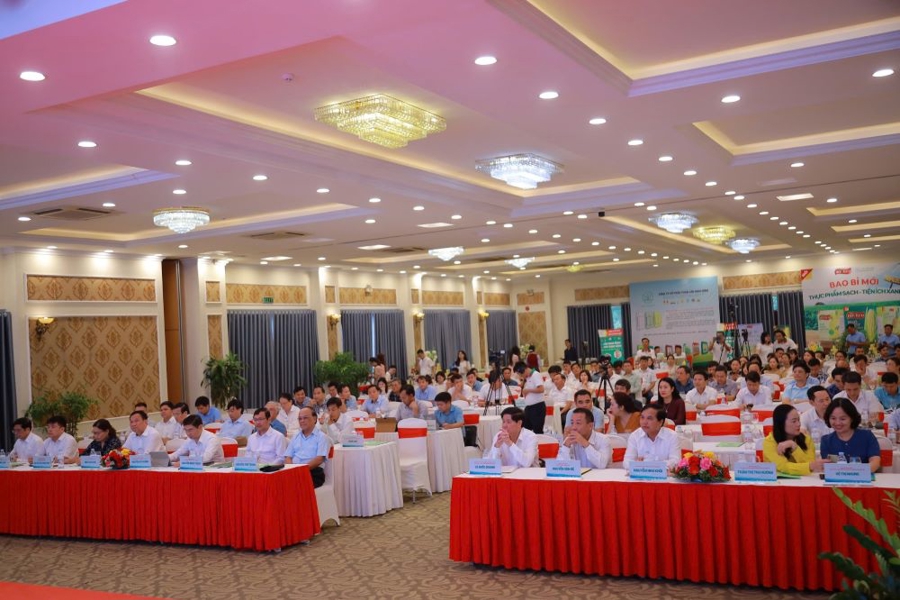
Mr. Khue added that Doveco is a large agricultural product processing and exporting company, with factories in many localities such as Ninh Binh, Gia Lai, and Son La. Currently, Doveco is boosting the export of canned pineapple, pineapple juice, and frozen pineapple to major markets such as the EU, Japan, Russia, and the US. If a factory can be established in Nghe An, the center of North Central Vietnam, the company could purchase pineapples from 30,000 to 40,000 hectares annually, providing a significant incentive for local farmers to expand their cultivation areas and invest in production.
LINKING PRODUCTION WITH PROCESSING AND SCIENCE
Despite favorable climatic and soil conditions, Vietnam’s pineapple industry still faces weaknesses and challenges. The report points out that the area for cultivating high-quality pineapple varieties such as Cayenne and MD2 is still low, the production chain is weak, and the Vietnamese pineapple brand has yet to establish a prominent position in the international market.
To address these issues, Mr. Khue proposed several key solutions, including planning concentrated pineapple-growing areas, applying scientific and technical advances in selecting high-yielding varieties and mechanizing production. Simultaneously, there should be a strong focus on investing in post-harvest processing technology to produce products such as juice, canned pineapple, and frozen pineapple.
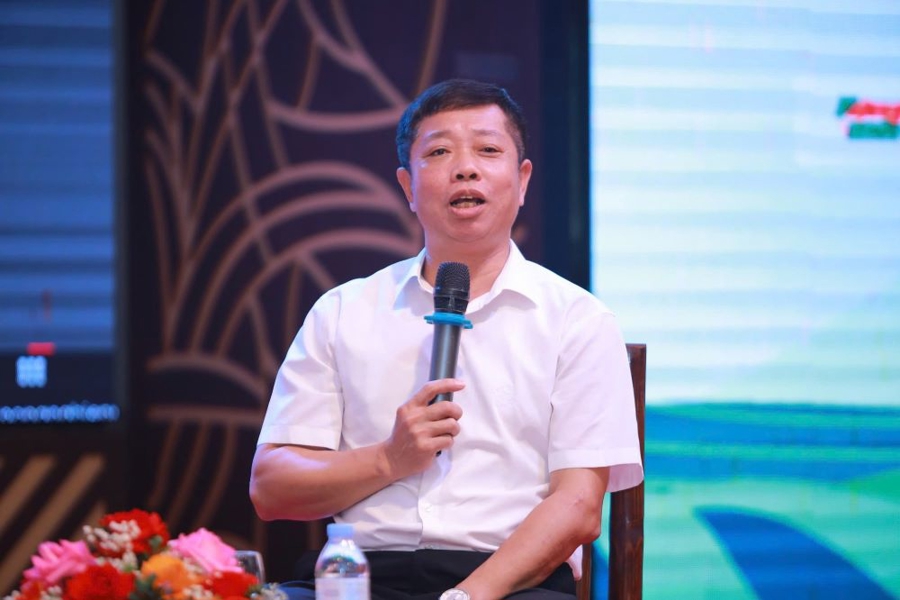
Mr. Nguyen Duc Cuong, Vice Director of the Thanh Hoa Department of Agriculture and Environment, shared that Thanh Hoa has 4,000 hectares of pineapples, with a yield of about 60-70 thousand tons per year. With the introduction of promising new varieties, the yield is expected to increase further. The province mainly focuses on oranges and pomelos for its citrus fruit production, amounting to about 4,800 hectares. Notably, lychee production is a new development in Thanh Hoa, with a yield of up to 600 kg per crop, and has begun to penetrate the Japanese market this year.
However, according to Mr. Cuong, agricultural production, processing, and consumption activities in Thanh Hoa still have certain limitations. Enterprises and cooperatives investing in pineapples, tea, and fruit trees remain small-scale and fragmented. In the face of these challenges, the province has issued Resolution 185/2021/NQ-HDND to support the development of fruit trees and key crops.
In the period of 2026–2030, the Thanh Hoa Department of Agriculture and Environment will advise the Provincial People’s Committee to issue specialized mechanisms and policies for the entire agricultural and environmental sector in Thanh Hoa. To penetrate and sustain exports to international markets, it is crucial to closely link the production chain with science and technology, deep processing, and brand building.
“The Thanh Hoa Department of Agriculture and Environment is currently deploying a soil map, with plans to complete soil assessment in 66 communes by 2025 and the remaining 100 communes by 2026, to determine suitable crops and improve production efficiency,” informed Mr. Cuong.
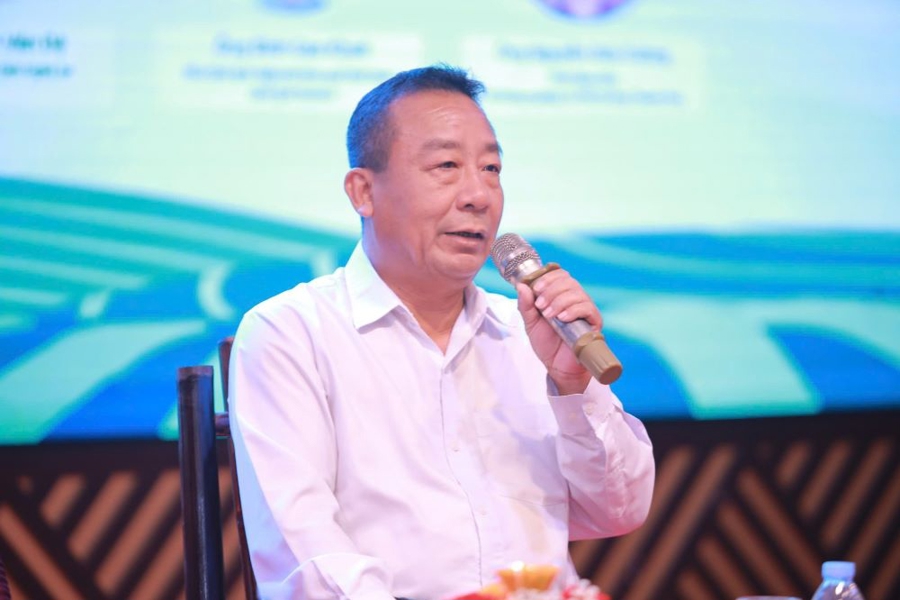
Mr. Nguyen Van De, Vice Chairman of the Nghe An People’s Committee, shared that in the fruit tree development plan for 2030, Nghe An has allocated about 8,600 hectares of land for growing oranges. The local people have experience and a long tradition of cultivating oranges, providing a solid foundation for expanding the scale and improving quality.
Regarding tea, the province currently has about 8,700 hectares of tea plantations, and in the plan for 2030, this area will be expanded to 15,000 hectares to maximize the region’s strengths.
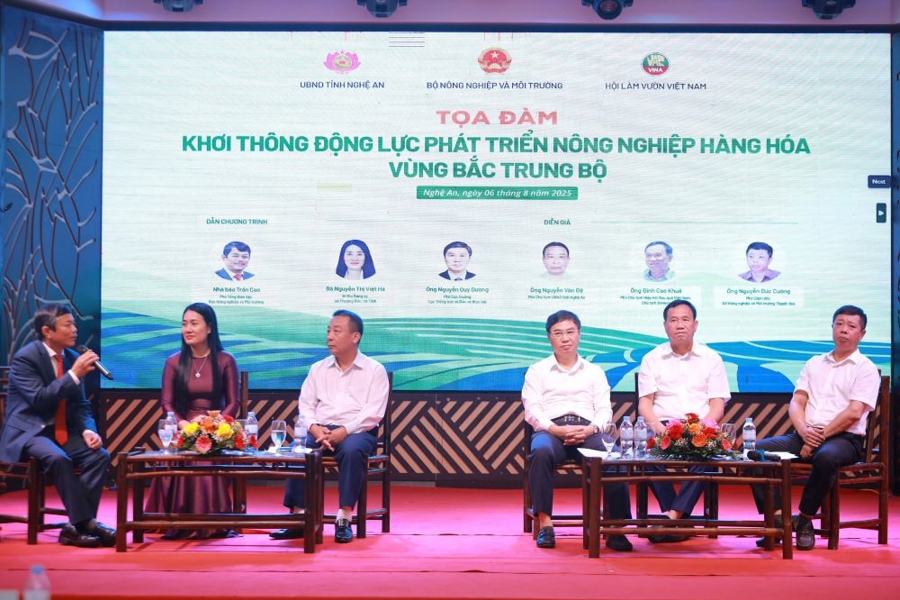
For pineapples, Nghe An currently cultivates nearly 1,800 hectares, but there are actually 5,000 hectares of suitable land available for production. In the plan for 2030, this area is expected to increase to 13,800 hectares.
“However, the tea and pineapple industries in Nghe An still face challenges in processing and expanding domestic and export markets,” shared Mr. De, expressing his hope to invite enterprises to cooperate and develop these industries.
Mr. Nguyen Quy Duong, Deputy Director of the Department of Crop Production and Plant Protection (Ministry of Agriculture and Environment), stated that according to the ministry’s plan for 2030, the total area for pineapple cultivation is expected to reach 60,000 hectares. However, given the strong demand for this crop’s development, adjustments are certainly needed, along with well-structured programs to transform pineapples into a key agricultural export commodity, contributing to GDP growth and promoting exports.
The Green Revolution: 9 Key Issues for Developing an Eco-Friendly Agriculture, a Modern Rural Economy, and a Cultured Farmer
“On December 31st, Prime Minister Pham Minh Chinh chaired a conference with farmers, themed ‘Igniting the Aspiration for Prosperity to Build a Prosperous and Happy Nation; Confidently Stepping into the New Era.’ The Prime Minister emphasized the need to review and refine policies to accelerate and boost the goal of developing ecological agriculture, modern rural areas, and cultured farmers.”
The Booming Industry Group: Vietnam Sets a New Record with Over $62 Billion Inflows
This particular sector has been a powerhouse for Vietnam, generating tens of billions of dollars in revenue over the past 11 months alone.
“Thaco Agri Invests in its People for Future Growth”
With a strong foundation in industrial management and a highly integrated business model, THACO AGRI is revolutionizing the agriculture industry. As a pioneer in large-scale organic farming, we harness the collective strength of THACO’s member corporations, leveraging their expertise in industrial governance and complementary production capabilities. Our focus on developing an industrial-agricultural workforce equips us to lead the way in modern farming practices, driving sustainable growth and innovation in the sector.
Unleashing the Potential of Vietnam’s Agricultural Value Chain: Overcoming Hurdles for a Brighter Future
The VAT exemption policy on fertilizers is backfiring, leading to increased production costs for agricultural products. The current “no declaration, no VAT calculation” policy for cooperatives operating in the agricultural processing stage results in input costs not being deductible for income tax calculations. This discourages economic groups from participating in the agricultural value chain.



























